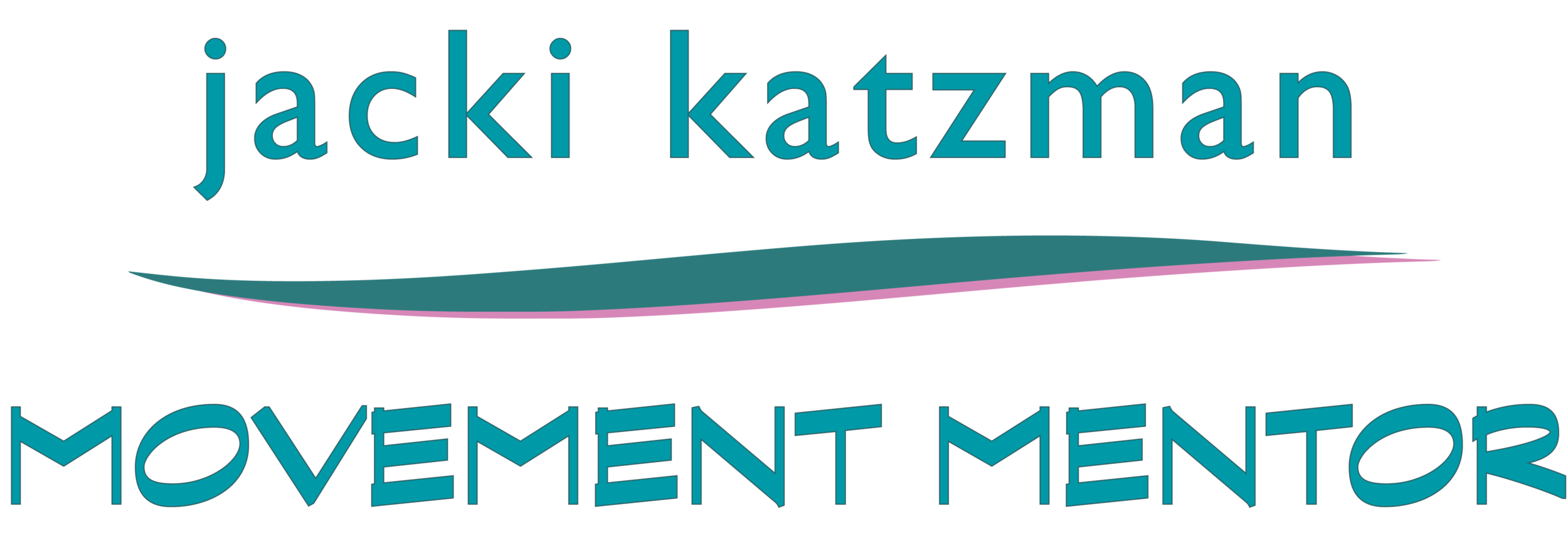Athletes with disabilities are lifelong learners who love their sports and are open to new ways to excel.
Their curiosity and creativity make them naturals to enjoy and integrate Awareness Through Movement® (ATM) lessons.
Your coach or teammate offers advice: “Just drop your shoulder and sink into the opposite foot.” “Just...” How do you figure out how to actually do that?
Awareness Through Movement (ATM) is one answer. Contrary to “exercise,” which uses repetition to build muscle memory and strength, ATM lessons explore many different ways of doing an action, letting you try novel approaches that might work for you.
ATM is a form of body-based education perfectly suited to the needs of the people with a range of abilities. These classes offer year-round skill-building and community-building opportunities for athletes and the volunteers who support them.
Dr. Moshe Feldenkrais combined his lifetime of research in physics, body mechanics, psychology, human development and Judo to create The Feldenkrais Method of Somatic Education® and Awareness Through Movement lessons.
Unlike “exercise,” where repetitive movement adds to muscle memory and strength, this approach helps students discover new, and often more efficient ways to enjoy their sports. ATM invites each student to discover the best way to move as uniquely, efficiently and gracefully as possible. Lesson series often develop around a theme - opening the chest, grounding the feet, weight shift for skiing, shoulders for kayaking, focus and aim for golfing - through a progression of interrelated lessons that approach core movements from different orientations, points of focus, and practical, real-life situations.
Adaptive Athlete lessons are optimized for people who use wheel chairs, but can benefit people of all abilities.
Photo Credits: MoveUnited and Oregon Adaptive Sports


